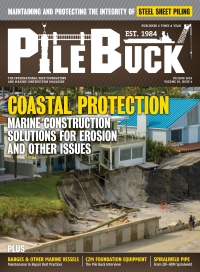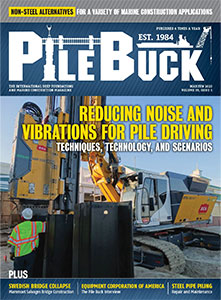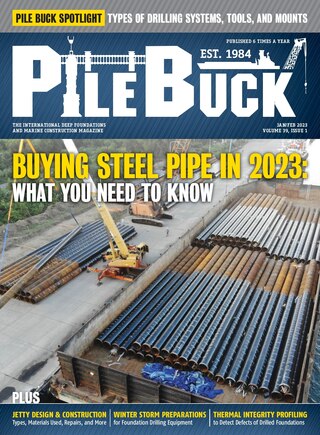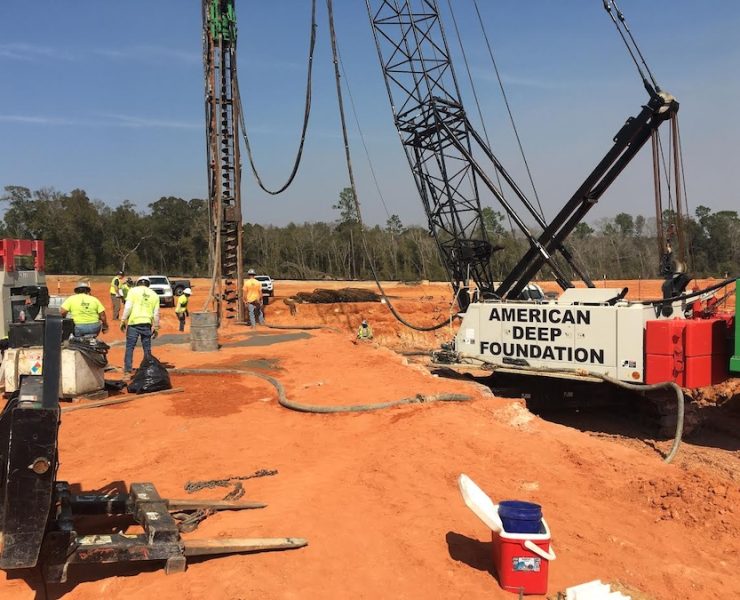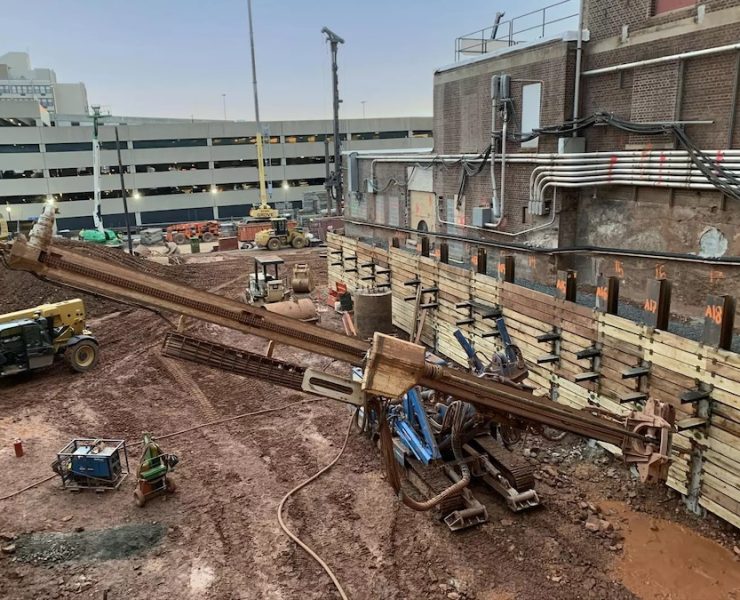Effective Fleet Risk Control For The Pile Drive Construction Industry: Part 2

Click here to read the complete article.
by Kevin Cunningham (HIIG)
Are You Giving Fleet Safety Enough Attention?
In our last article (Part 1 of 2) on this important topic, we looked at getting back to basics and avoiding buzz words and hype to honestly evaluate certain basic business considerations to establish a process to achieve effective risk control. Additionally, we illustrated several fleet accident statistics from the National Safety Council and the National Highway Traffic Safety Administration.
If you recall, the statistics were nothing short of staggeringly out of control.
So clearly you have good reason to review your safety practices and try to establish a practical approach for continual improvement in your company fleet risk control program.
TRI-PARTY COALITION FOR CONTINUAL IMPROVEMENT
Three major safety organizations have formed a coalition to provide guidelines for implementing practical driver safety practices.
OSHA, NHTSA (National Highway Traffic Safety Administration) and NETS (Network of Employers for Traffic Safety) have combined their resources in a joint effort to reduce motor vehicle related deaths and injuries in the Nation’s workforce.
According to this tri-party coalition, “your program should work to keep the driver and those with whom he/she shared the road safe.” “And it is important that your program must work to continually change driver attitudes, improve behavior to increase skills required to build and maintain a drive safe culture in your company.”
As you have heard repeatedly, your employees are your company’s most valuable asset.
So building a continual improvement process for your workplace driver risk control program not only makes good business sense… it also benefits your company with a worthy employee relations tool.
The average crash costs an employer $16,500. When one of your workers in injured in an on-the-job crash your cost escalates to an estimated $74,000, and when a fatality is involved, estimated costs to you as employer can exceed $500,000.
But the real tragedy is that these crashes are largely preventable. Recognizing the opportunity that employers have to save lives, a growing number of companies have gotten away from hype and lip service to develop a continual risk control improvement process to ensure fleet safety becomes part of their company culture.
ELEMENTS FOR EFFECTIVE FLEET SAFETY
No organization can afford to ignore a major problem that has such a serious impact on both personnel and their company financial conditions.
So in keeping with the theme of “continual improvement” suggestions for effective fleet risk control, we suggest that you start with these basic elements:
. Only hire capable drivers
. Only allow eligible drivers to drive on company business
. Continually train your drivers
. Continually supervise driver behavior
. Stay current with proper vehicle maintenance
10-STEPS TO MINIMIZE CRASH RISK
It is recognized that the tri-party coalitions recommended ten steps are nothing earth-shattering or new… but if you assess your current company practices with an open mind toward honest comparison to these guidelines for measurement against your company activity, it should help you achieve effective fleet risk control in your company.
Step 1: Senior Management Commitment and Employee Involvement – The safety of an organization’s employees as they drive for work, and to and from work is so important that it requires the attention of top-level management. Senior management can provide leadership, set policies, and allocate resources (staff and budget) to create a safety culture.
Step 2: Written Policies and Procedures – A written statement emphasizing the commitment to reducing traffic-related deaths and injuries is essential to a successful program. Create a clear, comprehensive and enforceable set of traffic safety policies and communicate them to all employees and your sample policies should include alcohol and drug use and seat belt use policy.
Step 3: Driver Agreements – Establish a contract with all employees who drive for work purposes, whether they drive assigned company vehicles or drive their personal vehicles.
Step 4: Motor Vehicle Record (MVR) Checks – Check the driving record of all employees who drive for work purposes. You must screen out drivers who have poor driving records since they are most likely to cause problems in the future.
Step 5: Crash Reporting and Investigation – Establish and enforce a crash reporting and investigation process. All crashes, regardless of severity, should be reported to the employee’s supervisor as soon as feasible after the incident.
Click here to read the complete article.
What can be done to minimize fleet crash risk?
Steps include: Senior Management Commitment and Employee Involvement - Written Policies and Procedures - Driver Agreements - Motor Vehicle Record (MVR) Checks - Crash Reporting and Investigation - Vehicle Selection, Maintenance and Inspection - Disciplinary Action System - Reward/Incentive Program - Driver Training/Communication - Regulatory Compliance









